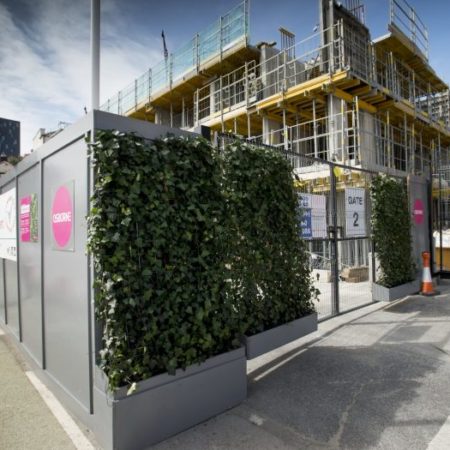How Can You Tell Greenwashing from a Genuine Commitment to Sustainability?
There’s no getting around the basic truth that construction and civil engineering projects consume significant quantities of energy and resources. The materials we use, including concrete and steel, have large amounts of embodied carbon from extraction, processing and transportation. Infrastructure projects can also be highly environmentally sensitive (as with HS2) and impact on valuable wildlife habitats.
But we need to build. So, the question is about how we build and how we implement sustainability measures at every level from the Board to individual project teams, employees and subcontractors. It’s a matter of how we make our commitment to reducing our environmental impact real and not just tokenistic ‘greenwashing’ to make things look better.
Greenwashing is the practice of using high profile initiatives or advertising campaigns to give the appearance that environmentally harmful industries care deeply about the environment. In reality, nothing substantial changes. It’s often the result of a conflict between the responsibility to maximise shareholder value and the growing unrest and even anger over climate change and the environment.
Better Infrastructure Helps the Environment
Within infrastructure we can, of course, point to how a more efficient rail service helps to reduce vehicle movements, and how a better functioning road network prevents hold-ups and jams that multiply harmful traffic emissions. Even so, the decisions we take about the methods and materials we choose for every project matter a great deal.
Osborne has environmental policies in place, as do most contractors. We also have a culture that expects our teams to be aware of their environmental impact and which celebrates every step we take to become more sustainable.
We use an environmental management system and the BREEAM sustainability methodology to identify the impacts of all our projects. We then work with our teams and supply chain to mitigate the risks and take steps, where we can, to make a positive impact such as improving habitats and biodiversity.
Improving sustainability and minimising our environmental impact is something we think about every day. You can see from our projects and from talking to our people that this commitment is reflected in what we do, not just what we say.

